Pliny the Younger, if you are not familiar with it, is one of Russian Rivers most elusive beers and by many, considered to be one of the worlds best examples a West Coast IPA \ Triple IPA. Many of you may be familiar with Pliny the Elder. Well, Pliny the Younger is the Elder’s bad ass offspring. Where Pliny the Elder is a double IPA clocking in at 8% ABV, Pliny the Younger is a tripple IPA with an ABV of 10.25%. Pliny the Younger is not sold in bottles, you can not get a growler of it, and to make things worse it is only distributed by keg to a limited number of breweries; most of those are located in California. Ohhhh and did I mention that they only brew it once per year? The good news for me is that one of my local breweries, Tustin Brewing Company, out of Tustin, California is one of the distribution points in California for Russian River beer and Pliny the Younger. That being said, I have been trying to get the beer for 8 years now and not until yesterday had I succeed. The problem is that as it turns out, I am not the only person interested in having a glass. Every year at about this time the Tustin Brewery celebrates Russian River week! They bring in a wide array of Russian River beers including some of their most prized sour and wild beers like Consecration and Supplication. They also offer some of Russian Rivers best pale ales and IPA’s like Blind Pig and Pliny the Elder; but the crown jewel is Pliny the Younger. In order to secure yourself a pour of Pliny the Younger, you must line up in the parking lot at approximately 9-10:AM on a Wednesday morning. If you are one of the approximately first 70 people in line, you are provided with a wrist band that will entitle you to a 8 oz pour of Pliny the Younger once the brewery opens at 11:AM. Unfortunately for me, I have a job with a not so flexible work schedule that has not allowed me to take the time off for this event. This year was no different. As my hopes had all but faded, the Tustin Brewery sent out a tweet late yesterday afternoon. It turns out that they received not 1 but 2 kegs of Pliny the Younger this year. If you were one of the first 70 to claim a ticket, and could reach the brewery by 6:PM, you could receive a pour from their 2nd Pliny the Younger keg. The process was a little confusing, and I was not certain that I had properly claimed my ticket, so I raced to the brewery. It felt as though I was competing in some form of craft beer Olympics. I had to accomplish a variety of tasks, and only the fastest participants would receive the prize.
When I finally arrived at the brewery, the parking lot was a mad house. It was packed with beer lovers and moms dropping off kids with colorful belts to Taekwondo practice. I drove to the furthest reaches of the parking lot and found one of the only available parking spots. It was hidden away behind all the buildings far from the brewery. I speedily walked towards the Tustin Brewery entrance with other middle aged men all thirsty for a taste of this rare beer. I narrowly avoided being struck on the sidewalk by a man apparently not familiar with how to park his over sized truck in a sub compact parking space; I was almost to the door. This was clearly one of those situations where nobody was going to hold the door open and let you go in ahead of them. I entered the brewery behind a chubby man who was huffing and wheezing from his long brisk walk from his parking space. The brewery was packed and energized with the voices of hundreds of patrons reveling in the atmosphere and drinking their beers.
At first I was a little overwhelmed. Trying to take it all in, I thought to myself; shit, this is a lot of people, how do I get my Pliny the Younger and I hope this ticket thing worked. Thankfully a couple of the girls who work at the brewery, Krystle and Rachel were kind enough to help me figure out where to go and what to do. I proceeded to go to a table where they verified my name on their list, collected my cash and provided me with a red ticket!

Pliny the Younger Beer Ticket
From there I was directed to a sign hung high on the wall of the brewery near the bar exclaiming “Redeem Ticket Here, Pliny the Younger, Tustin Brewery Loves You”! I walked through the crowded bar, and stood behind another man as we waited for them to tap the Pliny the Younger keg and begin serving. Finally I could begin to relax; my beer was nearly in hand. I heard one pub patron complain about Russian River Week as he awkwardly tried to move around the crowded bar to get a refill of his mug with Golden Spike Blonde Ale. He was clearly not impressed by the rare keg that was now being connected just feet from him. Others were just happy that Friday was upon us and that there were so many hard to find and great beers available this week. I stood silently, waiting in anticipation. Finally, after 8 years, the moment had arrived. The man in front of me, received his Pliny the Younger and it was my turn. I handed the bartender my ticket and he pulled back the tap handle, like some form of epic beer slot machine and filled my glass!

Pliny the Younger Animated Gif
I grabbed my beer securely and began to walk to the patio. I took a quick sip; just in the off chance that an earthquake would strike and cover me in falling beams, I was at least going to get one mouthful of Pliny the Younger first! I did my best to move through the brewery, avoiding the mobs of people and avoid spilling even a drop of this rare and special beer. Thankfully there was no earthquake, but there was Juan. Juan is one of the best things about the Tustin Brewery, he is always wearing a smile, cracking a joke and slapping you on the back with the strength or Hercules and Oden combined as his way of saying, great to see you, let me rearrange your vertebrae for you. As he turned and saw me approaching, I remember thinking f#&k, here comes Juan. A smile came to Juan’s face and I knew exactly what was next. I grabbed my Pliny the Younger as securely as I could with both hands; all I could do was hope that the collateral damage would not be too severe. WHAPPP, the shock of Juan’s hand on my shoulder sent reverberations down my arm, to my elbow and finally to my hands. As hard as I tried, I could not stop the glass from bucking. A small wave of the cold beer rolled over my hand and slapped the hard tile floor. Juan just smiled and laughed as he saw dismay form on my face. He was right, it was a little funny. After all, I still had a nearly full glass and this was a time for celebration. After saying hello to Juan, I quickly made my way to the patio before he could shake any additional beer from my glass.
There was a small table available on the crowded patio; I set my beer down and took a seat. This was it. I braced myself for disappointment. Recently I had watch the movie Dunkirk. I had heard so many wonderful reviews and yet when I watched it I was left so disappointed. It looked great, but there was not much to it. Was Pliny the Younger going to be the Dunkirk of beer I wondered? 8 years is a long time to wait for something, I have had Pliny the Elder probably 40 times in that time period, was this really going to be any better? Often times, Triple IPA’s are terribly unbalanced and sometimes painful to drink, would that be the case with Pliny the Younger?

Pliny the Younger Russian River Beer
I am not one of those people who likes over the top beer reviews. You are no going to hear me say things like it washed my taste buds with the pleasant essence of virgin pine drippings, or the mouthfeel is reminiscent of water from pristine deep water brackish caves. So here it goes. I rate Pliny the Younger a 100 out of 100. I was not let down in anyway. I had extremely high expectations and it exceeded every one of them. Pliny the Younger is hands down the most well balanced triple IPA I have ever had and more importantly the most well balanced beer I have ever had. Simply put, it was perfect. This sounds a little lame as I write it, but the mouth feel was exceptional. As I slowly drank it, trying to appreciate every sip, I analyzed it; wondering if they added salt to the mash and how much; what hops were in the boil and what did they dry hop it with. I wanted to make it or myself! The volume of my glass kept being depleted with each taste and I just kept hoping I would not have to wait another 8 years for my next glass. If you have the chance to get some, even if it will be a pain in the ass, in my opinion it would be well worth it.






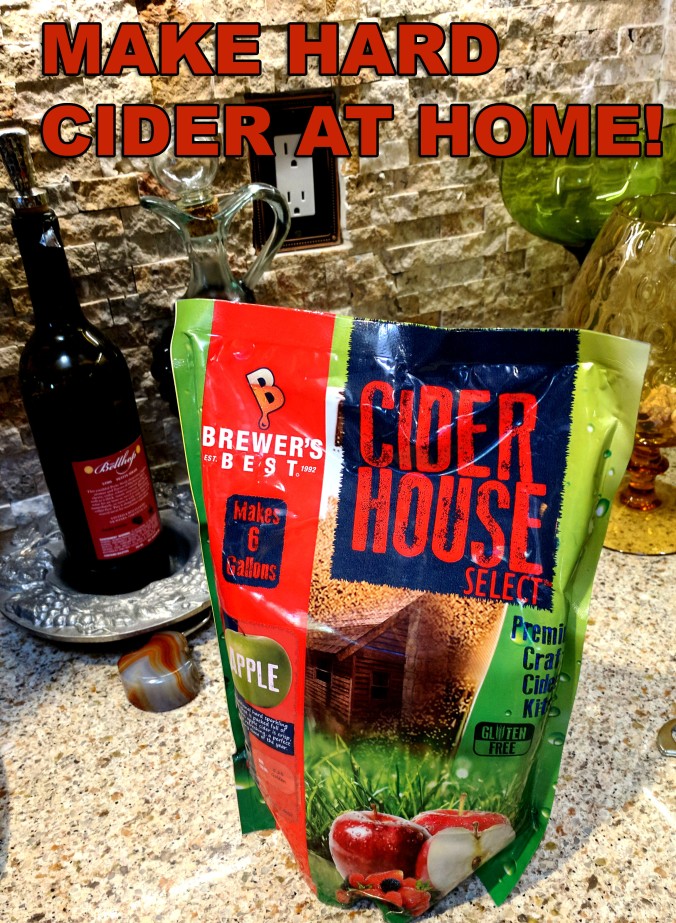
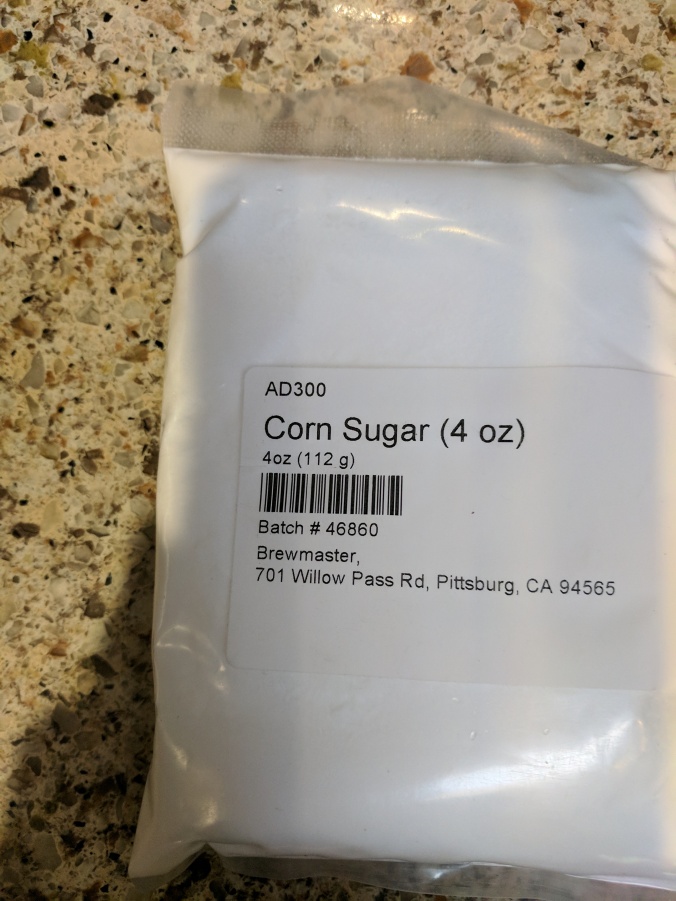
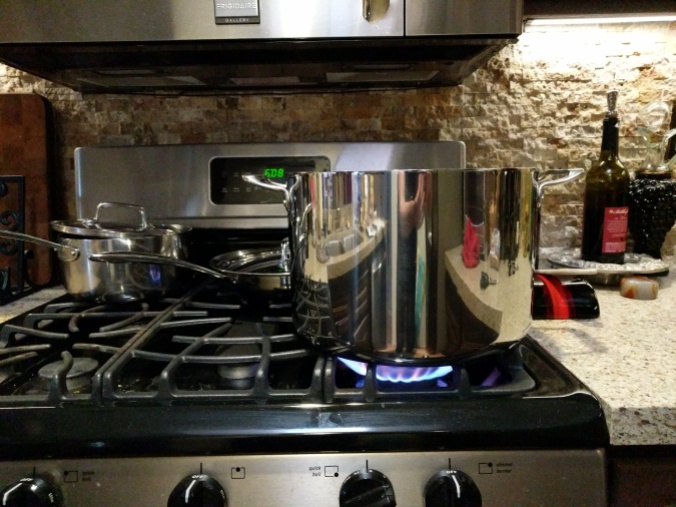

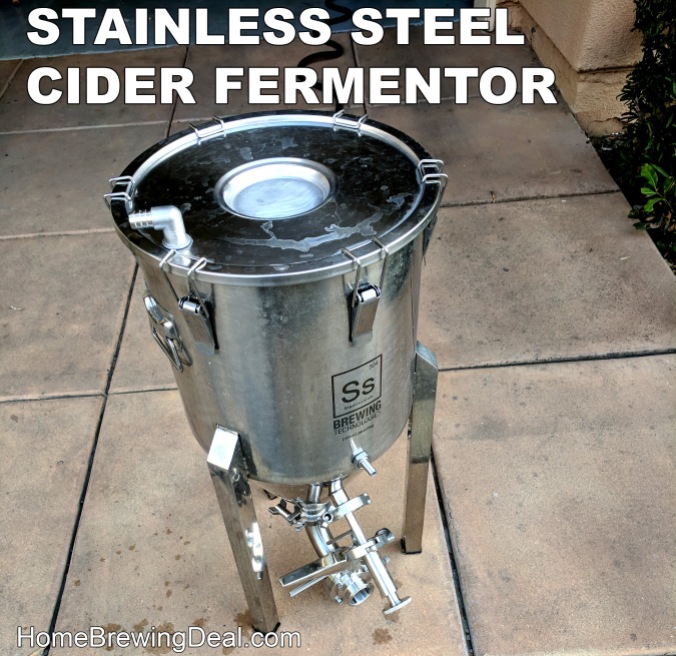
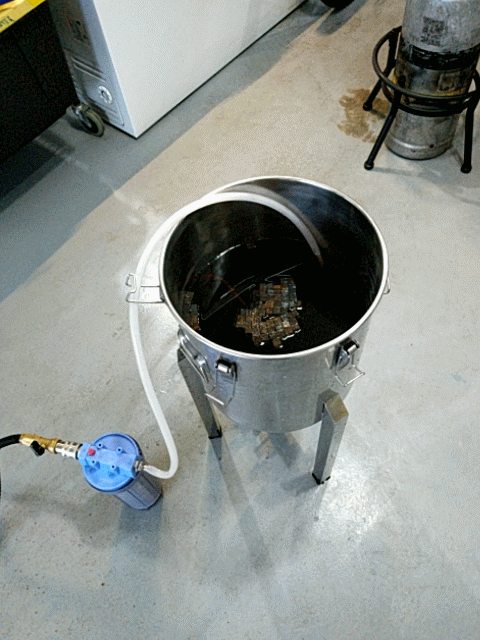
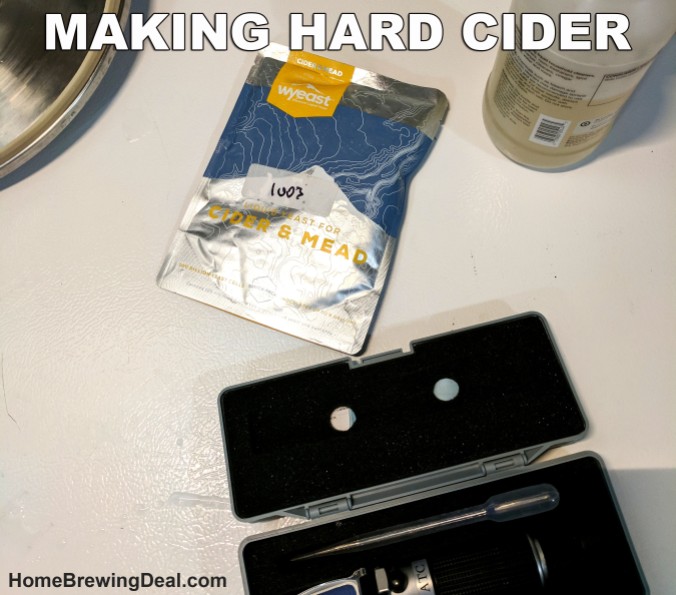

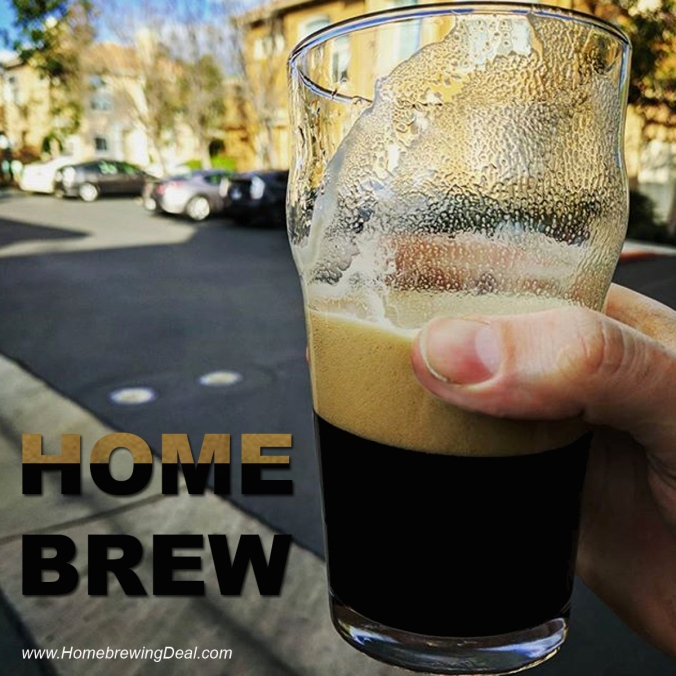
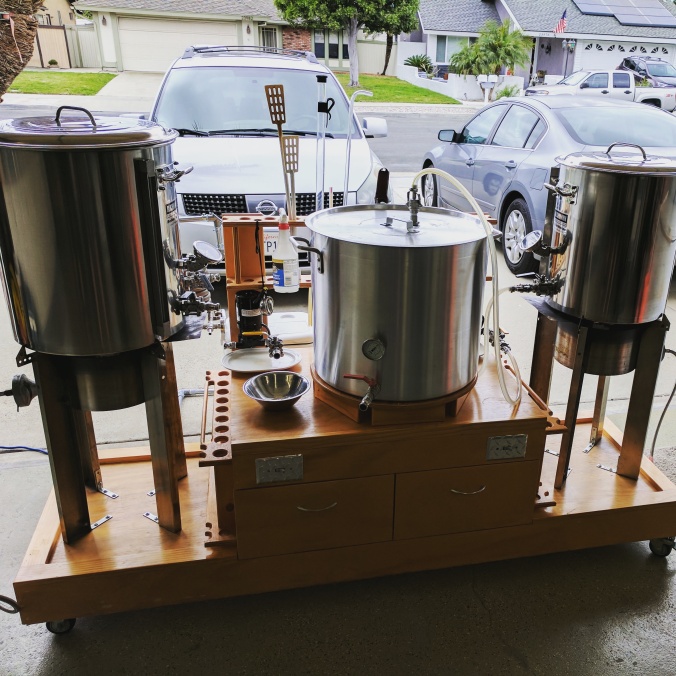

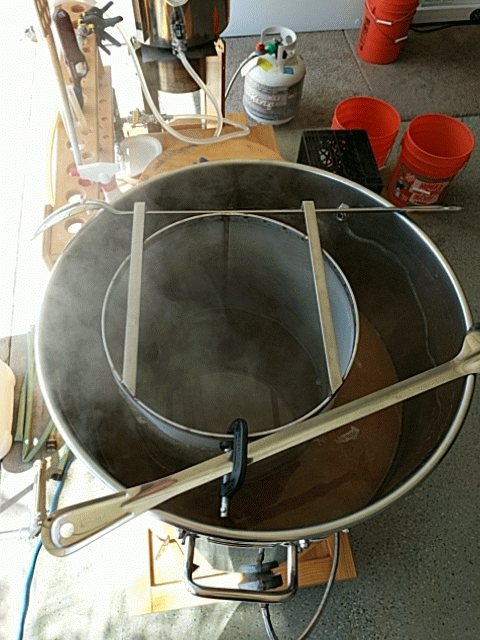



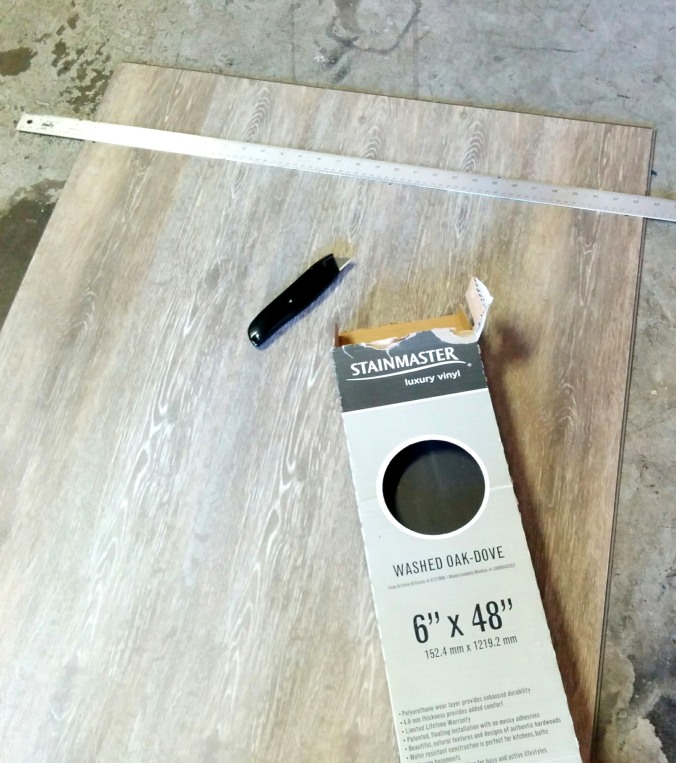


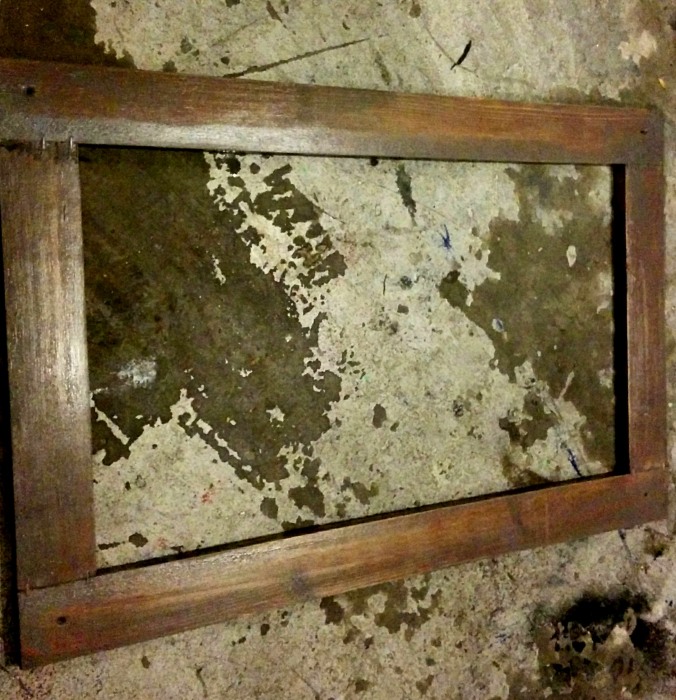
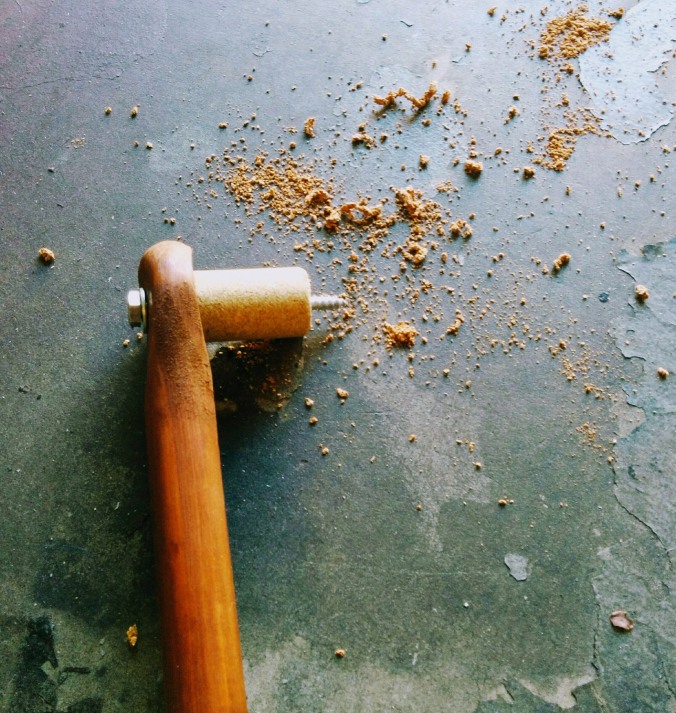
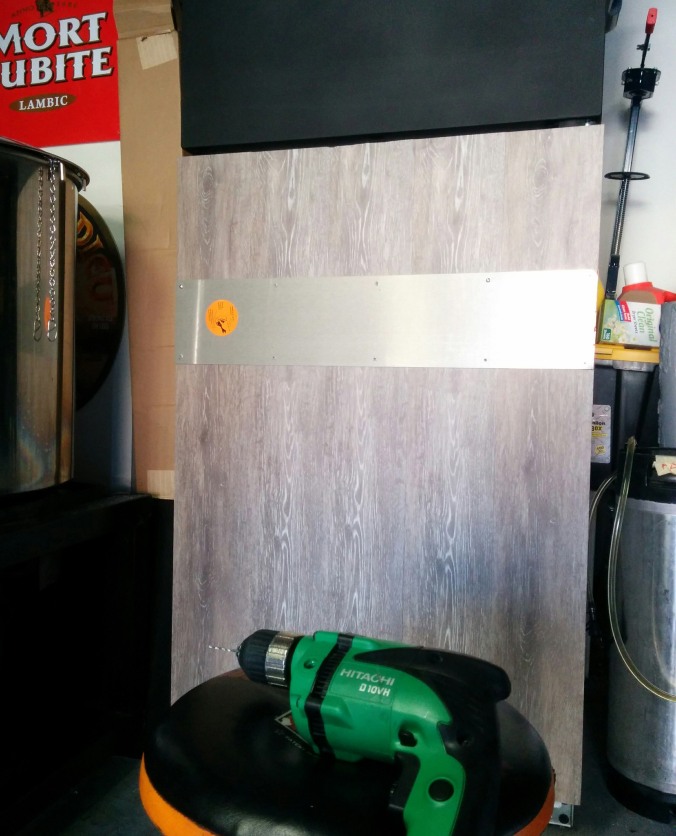
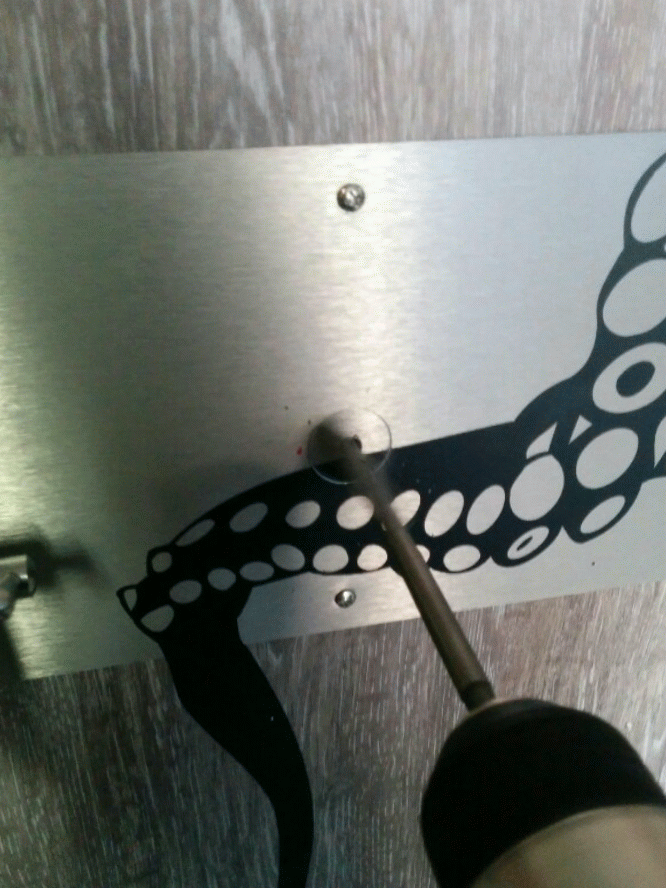
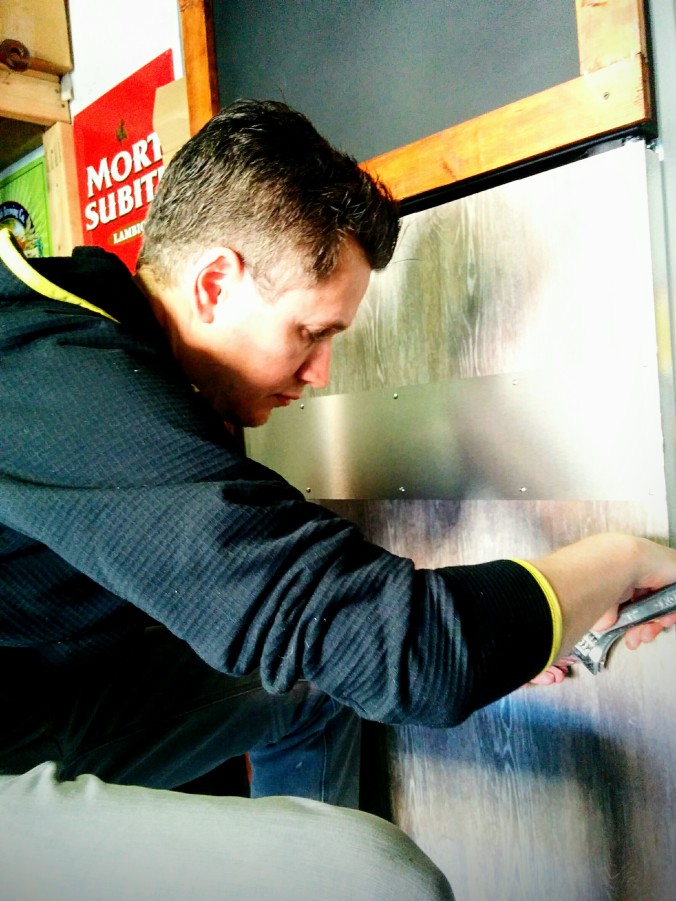
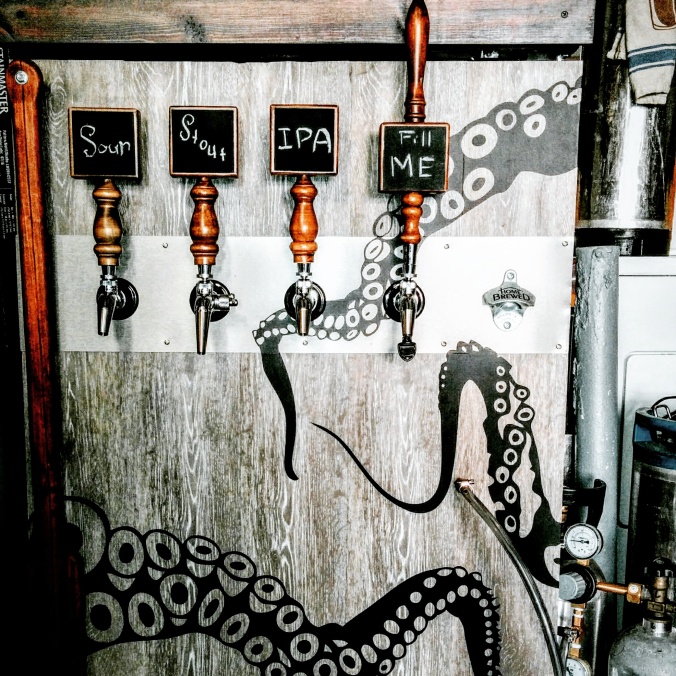



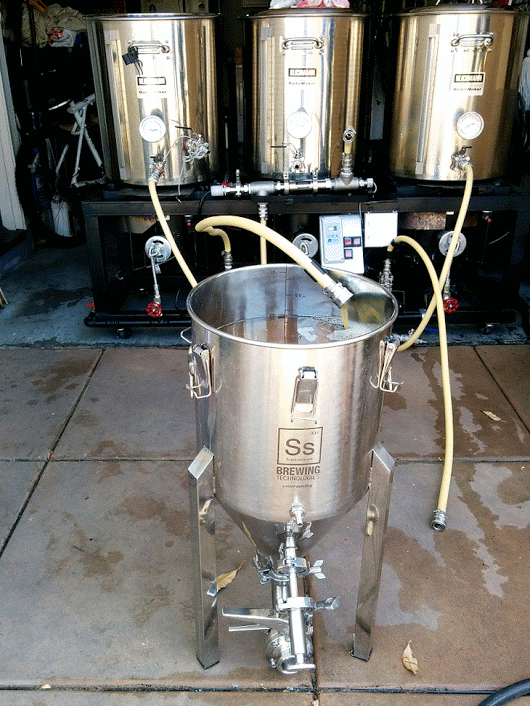

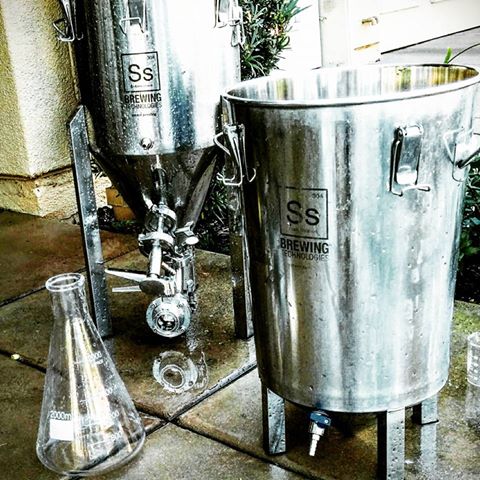




Recent Comments